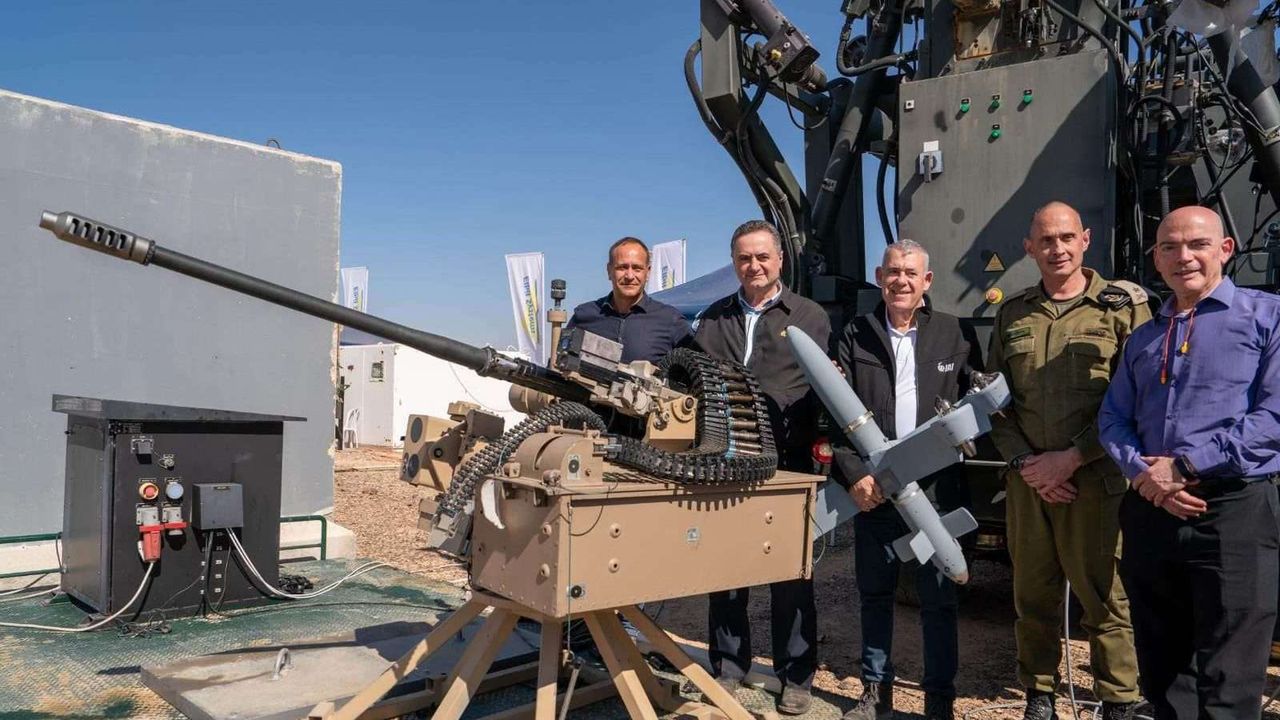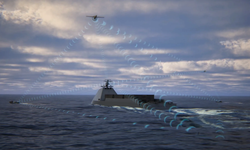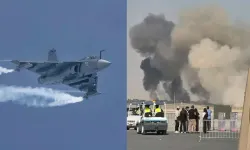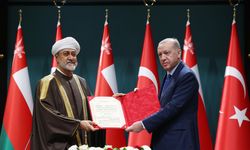Israeli defense officials, including Defense Minister Israel Katz, IMOD Deputy Director General and Head of the Planning Department Itamar Graff, Head of the DDR&D Brig. Gen. (Ret.) Dr. Daniel Gold, and IDF Head of Planning and Force Build-Up Directorate Maj. Gen. Eyal Harel, attended the final demonstrations. This phase followed an initial round of trials in October 2024, launched to expedite the evaluation and implementation of drone interception solutions, despite ongoing regional tensions. With a focus on strengthening its drone defense capabilities, the IMOD plans to move forward with selected technologies for further development and operational deployment.
The trials included major Israeli defense firms such as Elbit Systems, Rafael Advanced Defense Systems, and Israel Aerospace Industries (IAI), alongside multiple startups. Participants tested prototypes developed under DDR&D leadership, evaluating performance in various scenarios, including different ranges, speeds, and altitudes. The IMOD asserts that following the evaluation of these tests, some of the technologies will be prioritized for further enhancement and deployment. However, critics argue that such developments contribute to an ongoing arms race rather than fostering long-term stability.
 Beyond domestic efforts, the DDR&D is working with the U.S. Department of Defense (DoD) Irregular Warfare Technical Support Directorate (IWTSD) to advance counter-UAS (C-UAS) technologies. More than twenty U.S. C-UAS experts participated in the trials as part of a blind test, highlighting the deepening military cooperation between the two countries. The U.S. Congress has further reinforced this partnership, accelerating joint research and development projects. While Israeli officials present these trials as a means of enhancing security, some observers point to the broader geopolitical implications of such military collaborations and their potential to exacerbate regional conflicts.
Beyond domestic efforts, the DDR&D is working with the U.S. Department of Defense (DoD) Irregular Warfare Technical Support Directorate (IWTSD) to advance counter-UAS (C-UAS) technologies. More than twenty U.S. C-UAS experts participated in the trials as part of a blind test, highlighting the deepening military cooperation between the two countries. The U.S. Congress has further reinforced this partnership, accelerating joint research and development projects. While Israeli officials present these trials as a means of enhancing security, some observers point to the broader geopolitical implications of such military collaborations and their potential to exacerbate regional conflicts.
During the trials, defense firms demonstrated a range of interception technologies. Elbit Systems presented a radar-based interception system, a hard-kill drone-based defense solution, and an integrated 30mm cannon with radar for long-range detection and interception. Israel Aerospace Industries showcased an autonomous spatial system for UAV threat management, integrating sensor arrays and distributed interception systems, including an electric missile for long-range threats and a short-range drone interceptor. Rafael Advanced Defense Systems displayed the Mini Typhoon, a remote-controlled medium-range weapon system, alongside drone-based interception technologies. Other firms, including Airobotics, Tamar Group, XTEND, General Robotics, SMARTSHOOTER, Robotican, and Elisra, contributed various technological solutions ranging from projectile interception systems to net-based drone interceptors.
Despite Israel’s continued investment in defense technologies, the country faces ongoing criticism for its military operations, particularly regarding civilian casualties. Reports from international organizations have repeatedly highlighted the impact of Israeli airstrikes and military actions on densely populated areas especially in Gaza, resulting in significant civilian deaths.While Israel frames its technological advancements as measures for national security, concerns persist over the broader use of these systems in asymmetric conflicts, where civilians often bear the brunt of military operations. The development and deployment of counter-drone technologies raise further questions about their potential role in future engagements and their implications for humanitarian considerations.
📌Extensive counter-drone trials completed by Israel 📎https://t.co/WkpZnAO4mj pic.twitter.com/3nteh7hGgn
— Defensehere (@defensehere_en) February 6, 2025











